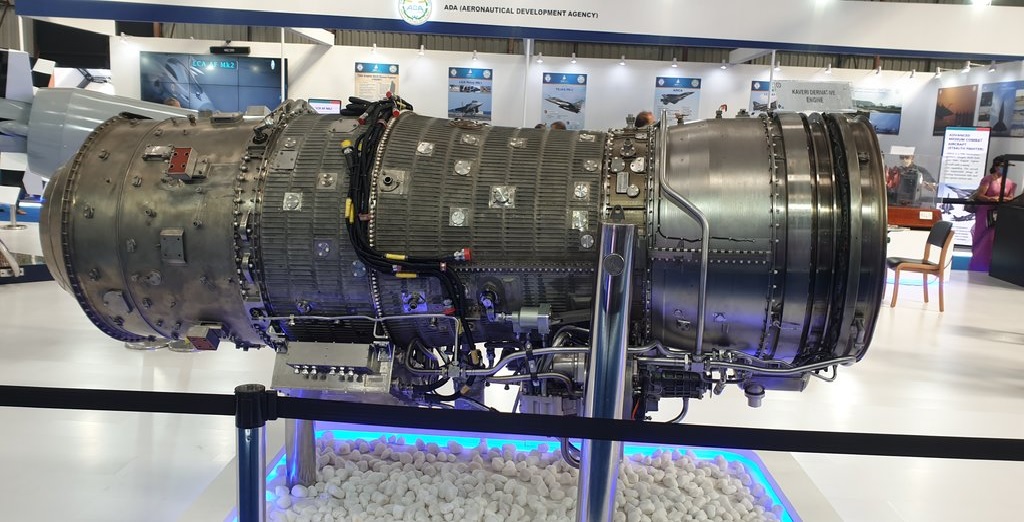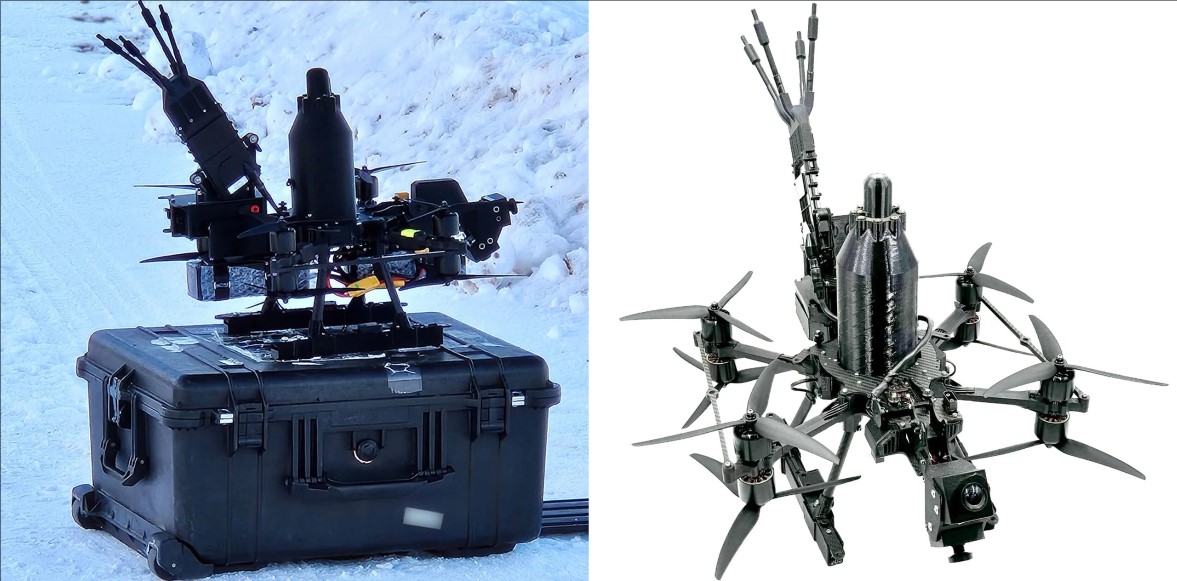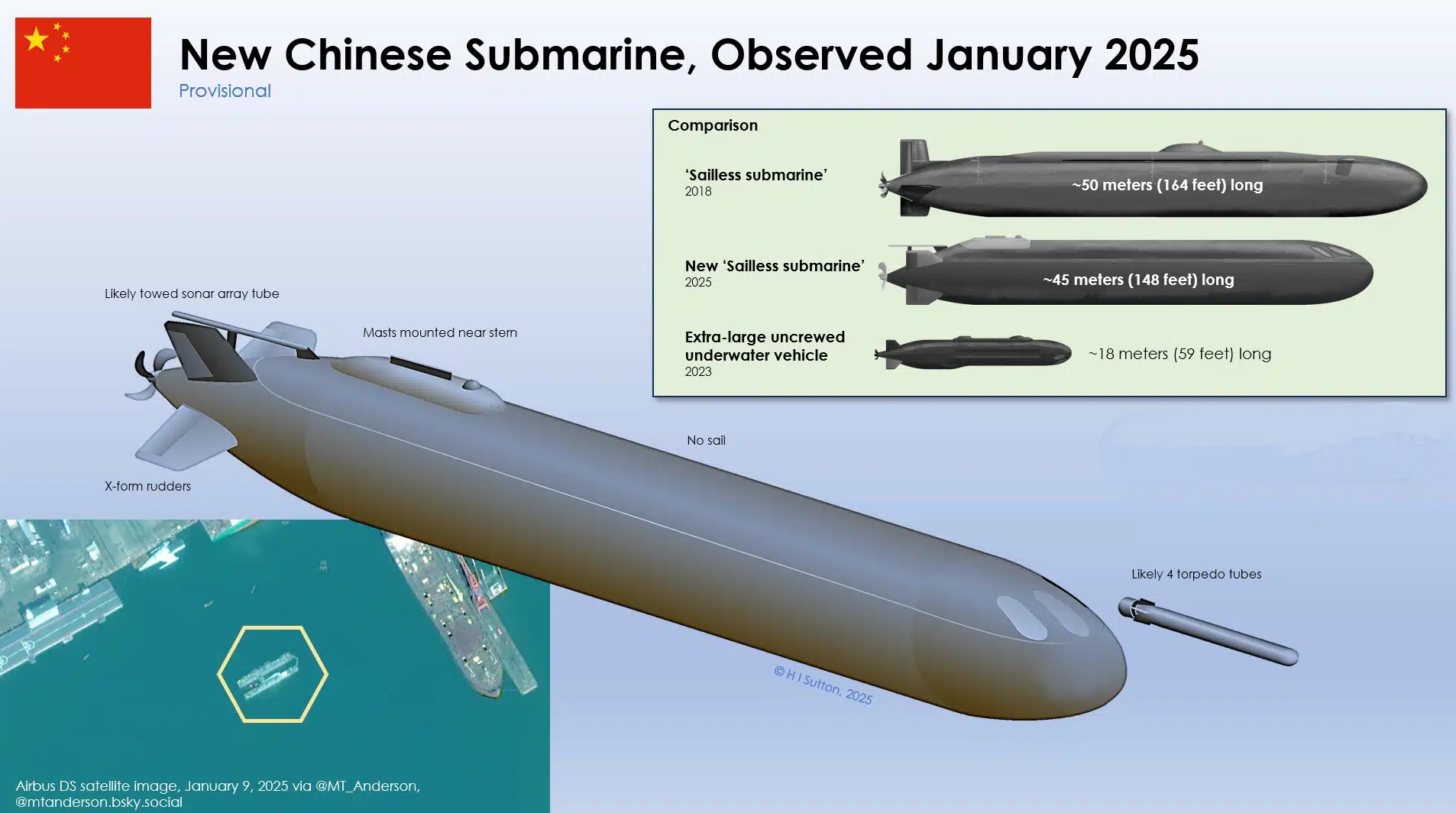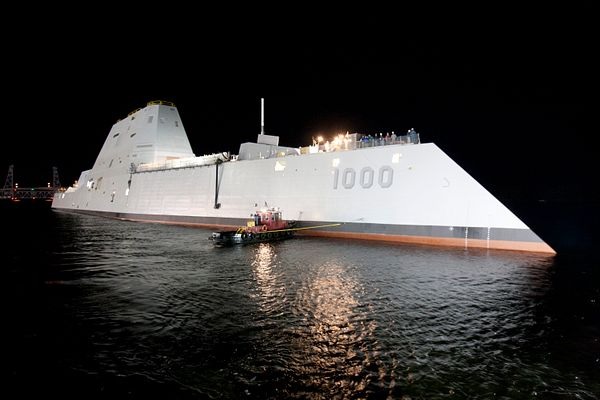GTRE Focuses on Weight Reduction for Kaveri Dry Engine to Enhance Performance in Manned Fighter Jets

The Gas Turbine Research Establishment (GTRE), part of India’s Defence Research and Development Organisation (DRDO), is making strides in the development of the Kaveri Derivative Engine (KDE), a non-afterburning engine variant. Producing 46 kN of thrust in the International Reference Atmosphere at Sea Level Static (IRA SLS), the KDE is a promising technology, but its current weight of 1180 kg presents challenges for its use in manned fighter jets.
The weight of the Kaveri Dry Engine, while considerable even without an afterburner, is comparable to or exceeds the weight of some engines that do feature an afterburner. This becomes particularly relevant for platforms like India’s Light Combat Aircraft (LCA) and other fighter jets, where the weight-to-thrust ratio plays a crucial role in performance. In such aircraft, any excess weight could negatively affect factors like agility, fuel efficiency, and payload capacity, limiting the overall capability of the fighter jet.
GTRE's weight reduction efforts are centered around finding lighter alternatives to the current materials used in the engine, such as advanced composites or lighter alloys. These materials must still be capable of withstanding the extreme temperatures and stresses involved in jet engine operations. The process is being undertaken carefully and methodically, with GTRE testing each modification to ensure the changes don’t compromise the engine’s performance or reliability.
This weight reduction focus is essential because, for manned aircraft, weight is a critical factor that impacts various performance aspects. However, when considering unmanned platforms like the 13-ton Remotely Piloted Strike Aircraft (RPSA), the weight issue becomes less of a concern. The focus here is on thrust and endurance rather than the reduction of weight for accommodating a pilot. The KDE is expected to be used in such unmanned aerial vehicles (UAVs), where the weight-to-thrust ratio is less critical.
GTRE is aiming to clear the Kaveri Dry Engine for production once the weight reduction targets are successfully met. The goal is to ensure that the engine remains efficient, reliable, and up to operational standards, while also shedding the unnecessary weight that could hinder its application in manned fighter jets. The careful approach being adopted by GTRE ensures that every phase of the modification is validated, making the engine more viable for future aerospace applications.



